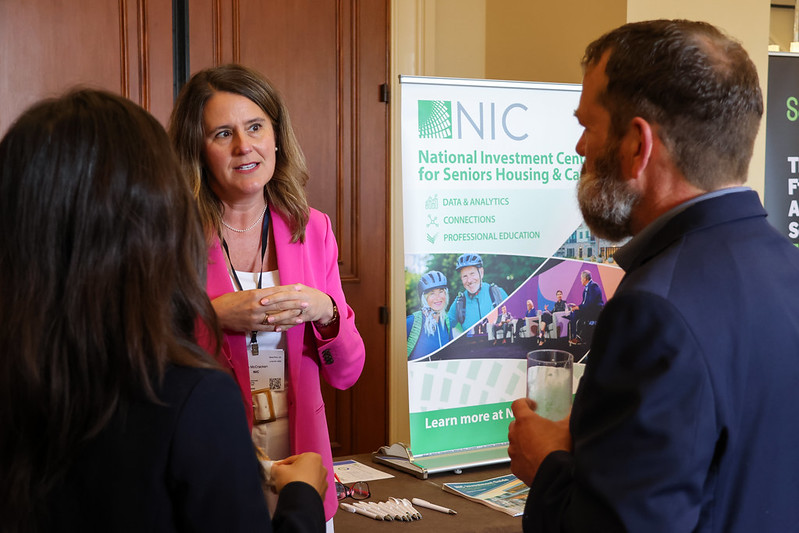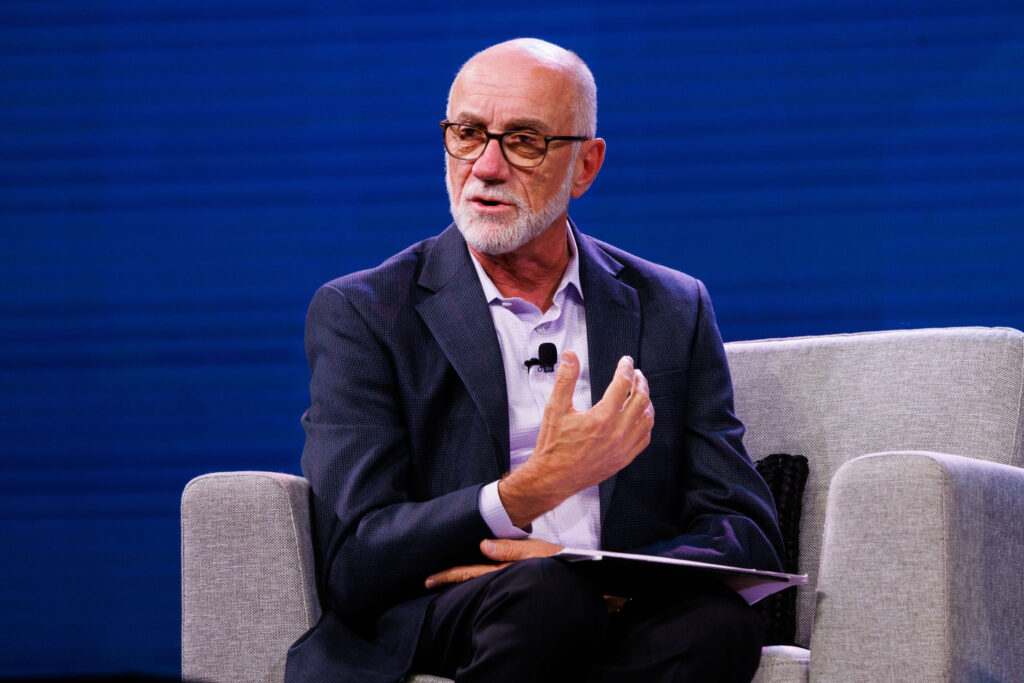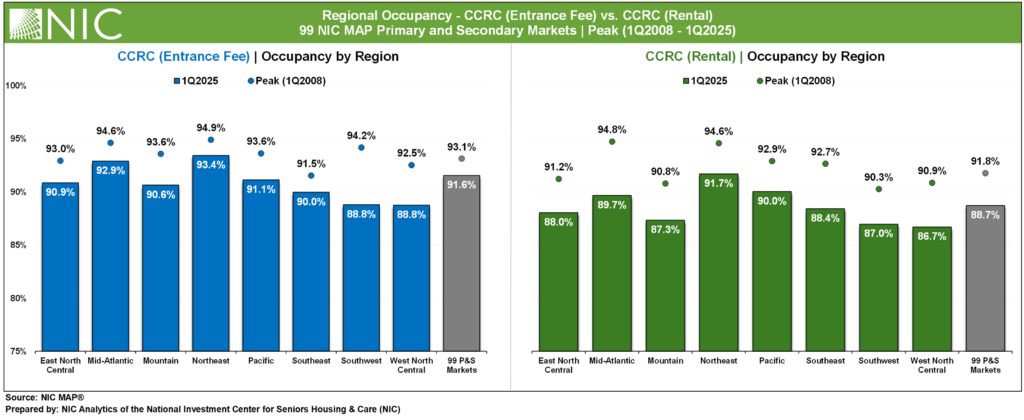The senior housing and care sector is ripe for growth, driven largely by the significant aging demographic hitting the U.S. daily. This growth will require committed capital partners, not only in the form of ongoing support from existing sources of capital, but with new and emerging financial partners. For the past year, NIC has focused time on educating and engaging with Family Offices who, on average, invest roughly 15-20% of their assets in real estate holdings.

A formal “Family Office” is an entity that provides services to manage the wealth and interests of ultra-high-net-worth individuals and families, typically across multiple generations. It is estimated that there are nearly 3,200 Family Offices in North America, a figure which is projected to grow to nearly 4,200 by 2030, accounting for about 40% of the Family Offices globally.1 At the same time, wealth held by these North American institutions is forecasted to hit $4 trillion by 2030.1
While these entities have great wealth to deploy across various investments, it is important to understand the nuances of Family Offices. Awareness of these unique characteristics will best position senior housing organizations for a potential investment and long-term relationship.
- An estimated 68% of Family Offices in this country have been established since the year 2000.2 This means that they are still evolving and working toward greater institutionalization. Family Offices learn from one another and may often work in collaboration, whether in forming multi-family offices or perhaps simply partnering for investment opportunities.
- The space is fragmented and can be difficult to navigate. This may mean making connections with these individuals and entities can be a challenge.
- As one Family Office expert noted at a recent conference, “Just because you have a lot of money doesn’t mean you know how to invest.” These high-net worth individuals and their families often look to trusted investment advisors to invest and manage their funds. This means that relationships often need to be made with the advisors as well as family members.
- Trust is paramount. These individuals and entities can be guarded for obvious reasons, and many have been burned in the past with ill-informed investments. It is important to spend time developing the relationship and fostering that trust, understanding that Family Offices are not necessarily going to invest right after meeting you. This means that this type of capital requires a long-term commitment.
- Wealth preservation is a high priority for Family Offices. This means more patient capital, which can be a good thing for the senior housing sector.
- Education will be needed. Compared to other commercial real estate property types, senior housing is more operationally complex. It is your responsibility to fully educate potential partners on the nuances of this space and potential risks. Senior housing continues to be seen as an alternative asset class and most Family Offices, even those with real estate investment experience, will not be familiar with the sector. Spend the time needed to ensure alignment and an educated investor, which will better position the relationship for long-term success.
- It is important to note that the opportunity for Family Office investment goes beyond real estate. Many of these individuals have built fortunes on operational-intensive companies not solely based on real estate. This offers a potential emerging type of capital investment in our sector.
NIC is continuing to commit resources to capital formation activities and is developing additional resources to help others in the sector educate potential future investors. Stay tuned in the coming months for releases of many of these additional resources. If you have questions about this target audience, you can reach out to me at lmccracken@nic.org.
Sources:
1Defining the Family Office, 2024. Deloitte
2Diamond Wealth













